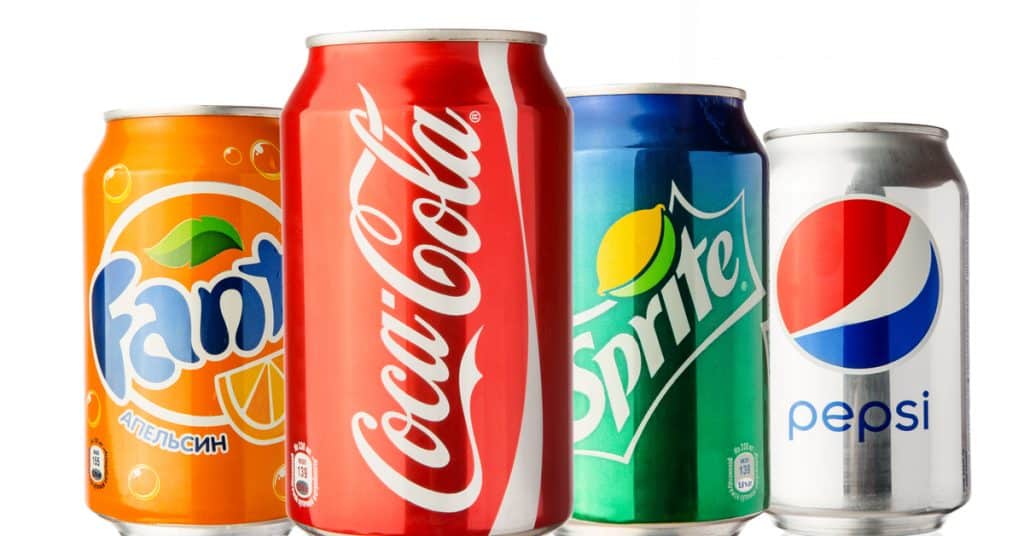Last Updated on 2022-10-05 , 10:32 pm
In recent years, you might have seen that the design of can drinks seems to be changing to a slimmer and taller form.
What used to be this…

…has turned into this:

Most of us consumers won’t care much about the shape, since all we want is more content at a lower price. But have you ever sat back and wondered why there’s been a change?
Well, if so, here’s some explanation for you.
Facts About Can Drinks in Singapore
Firstly, it must be noted that different countries’ can drinks might have different capacity: for example, in Singapore and Malaysia, the most common capacity is 300 ml for non-carbonated drinks and 325 ml for carbonated ones, whereas in Korea, the most common capacity is in 250 ml.
If you want to see the differences, you can look at the beer cans in a supermarket and see the different sizes, since beer cans are usually imported and not produced locally.

If you’ve been overseas (Malaysia not counted hor), you’ll also see the difference. I remember in one of the countries I’ve been to (can’t remember where), all the can drinks were small, much like those Red Bulls in Singapore.
However, the change to a slimmer form is occurring worldwide.
So, why the change?
No Official Explanation in Singapore
Our research online (i.e. Googling) doesn’t show any official reasons, nor any explanation from soda manufacturers. The change just occurred, but people who are in the industry, or experts in can drinks, have been providing some premises that are pretty relevant.
The change does not affect the capacity, but merely the form. In other words, it still hold the same amount of contents.
Some insider information is that the slimmer, and taller, form allows more cans to be placed on the shelf, since it will take smaller surface area.
The height of a shelf is usually high in order for people to reach for it, therefore, in order for retailers to ensure that the space is completely filled, they’ll order more. And what happens when retailers order more?
More sales for the beverage company. It just take one company to do it, and the rest would follow suit to stay competitive.
The second premise is that with a taller form and smaller diameter of the top and bottom, it’ll allow the can to be chilled faster in a fridge. This is due to the fact that the sides of the cans are thinner and the top and bottom are thicker.
Of course, the third premise is that when one major manufacturer does the change (might or might not be due to the first reason), everyone follows suit, since they make billions of cans per year and would definitely have spent lots on R&D that justify the new form. In other words, it doesn’t affect us, the consumers.
In fact, if you think about it, the taller form is better, as it takes lesser space on our table.
Bet you didn’t know that, eh?
Can We Still Find the “Fat” Version?
It’s difficult, but still possible. In office’s vending machine, it is still dispensing a fat version of 100PLUS, though I’ll check the expiry date just to ensure that it’s still drinkable.
Maybe it’s just me, but if I do that (checking the date), I believe many would do the same – so it might just be a matter of time before they phase out the entire range.
Featured Image: Abramova Elena/ Shutterstock.com and AlenKadr / Shutterstock.com
Would you be jailed for being half-naked in public? Well, the answer will shock you. Seriously. Watch this to the end and you'll understand:




